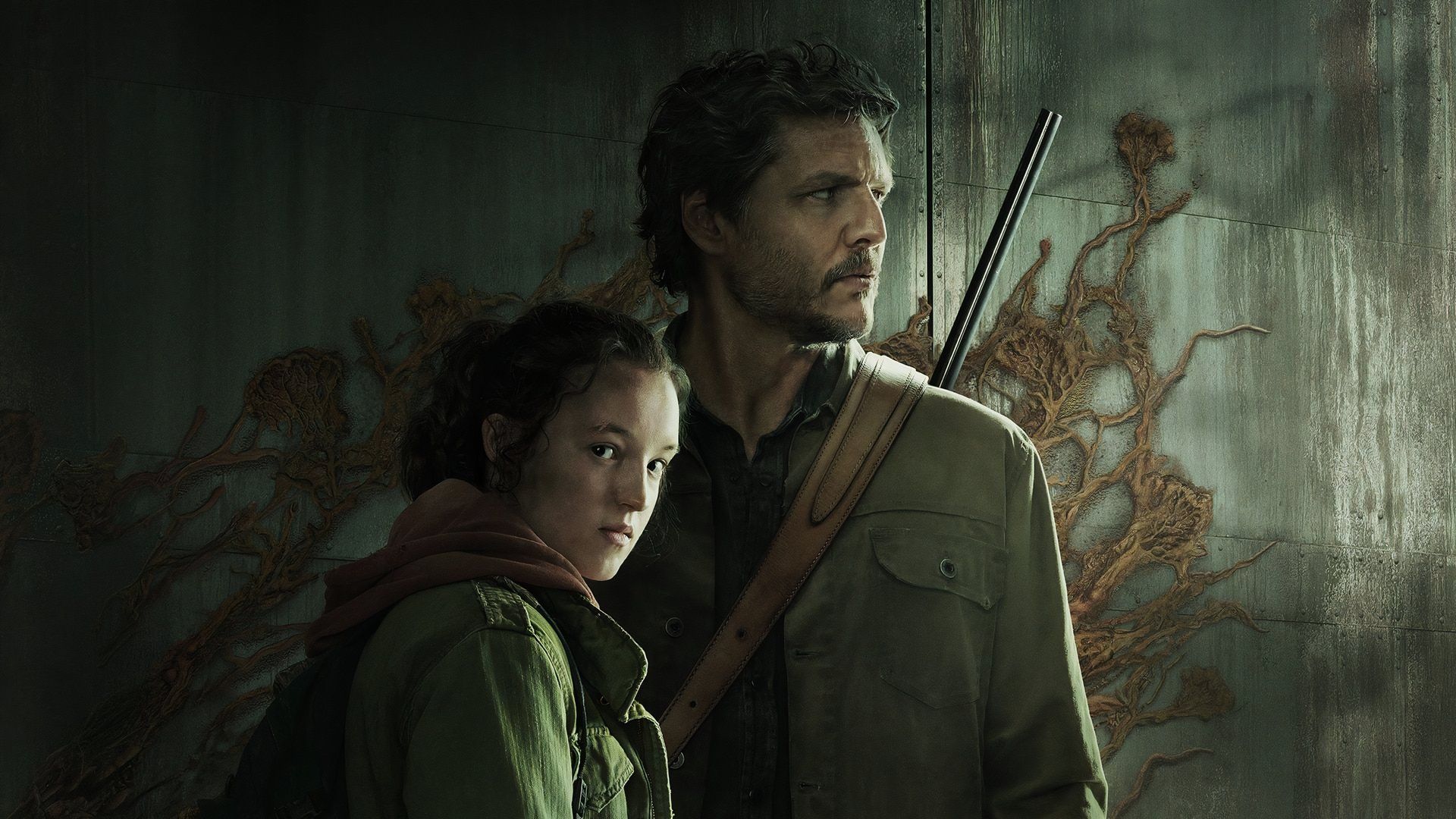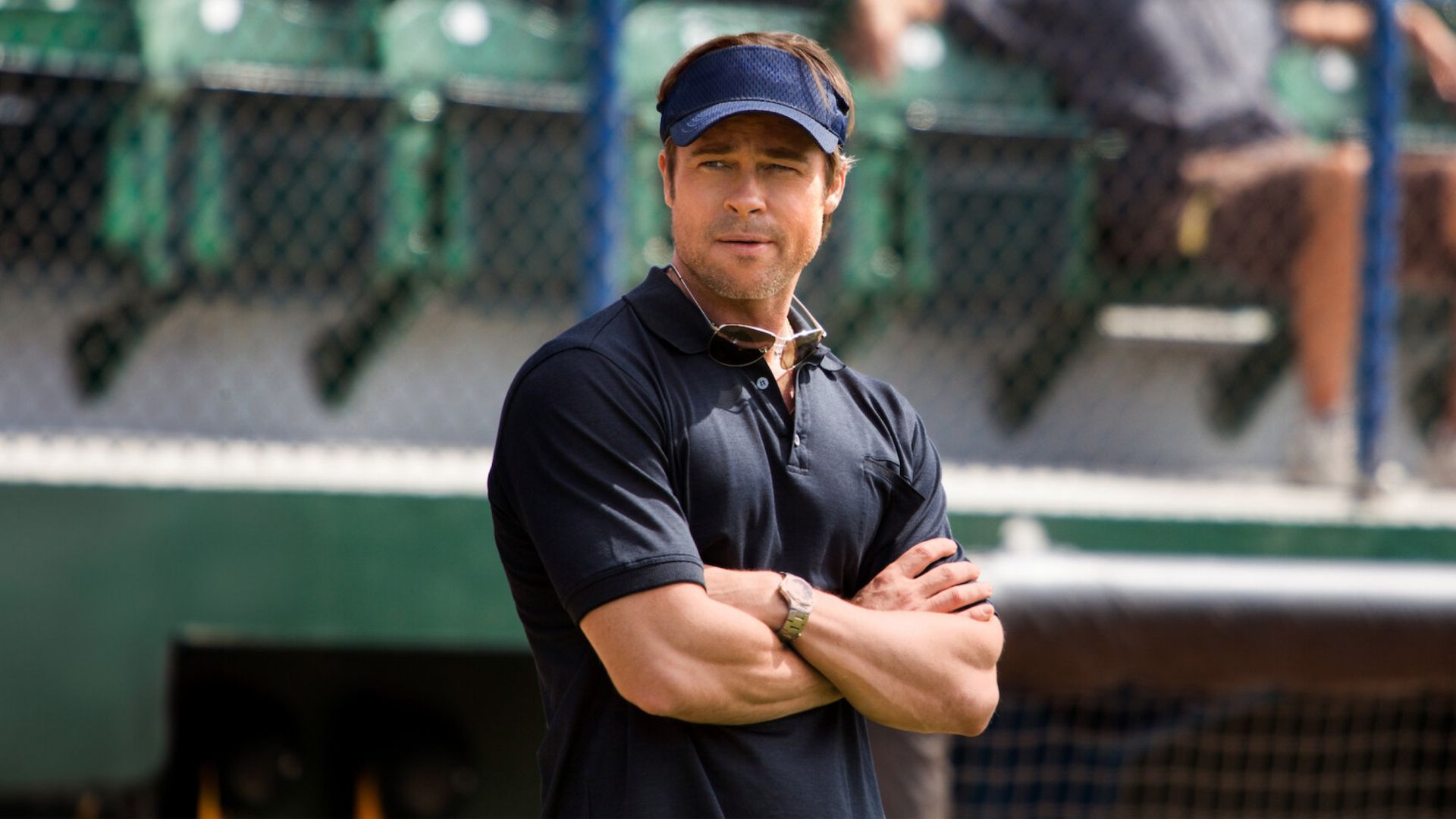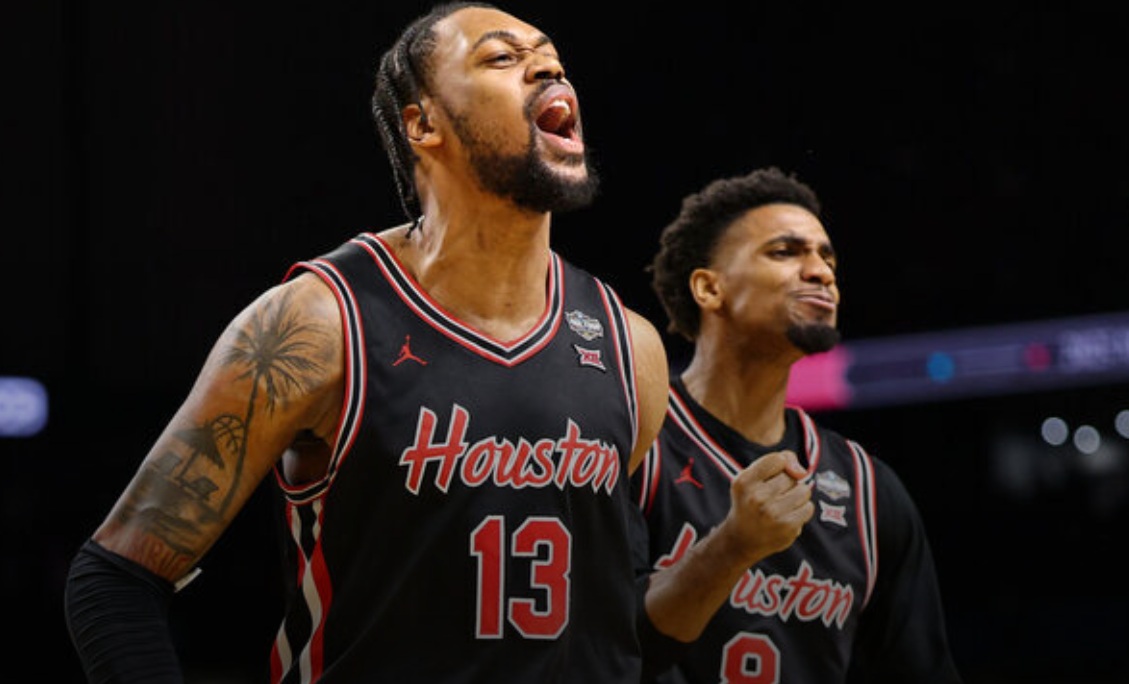I really loved how they tell Whishaw that his character’s duty now is to teach the boys and to make sure the boys have that future, that hope, that good grounding. I’d love to hear a bit about how you incorporated children into the film.
I think ultimately, what these women are doing and talking about is what they’re going to create for their children. And it involves going back and looking at what didn’t work for them. That’s a really, really hard process, I think, for all of us. But they have to do it on such a big scale. The stakes are so high for them, and the stakes are so high for their kids. It was interesting shooting the stuff around the kids, because ultimately there is this sense, or I want there to be a sense in those scenes, of what they’re fighting for, what they’re thinking about, what their faith feels like to them. At its best, and at its purest, but also kids aren’t only innocent vessels. They’re also products of the world they’re growing up in and they have the seeds of the things that have gone wrong in them as well because they’ve been planted there. So I think when you look at those kids, there’s hopefully a sense of hope, purpose, faith, and beauty, but also hopefully questions as well in terms of how do you become in a society that is set up in such a hierarchical, unfair way?
I’d love to talk about your adaptation process. You mentioned finding the language to process these complex emotions. And in your script, it’s both very dialogue-heavy, but also contains so many emotions. Do you start with charting emotionally where you want these characters to get to or do you start with dialogue and then work to emotion?
I kind of instinctually always go with what are the moments or images, for me, that won’t leave me. So after I read a book for the first time, if I’m going to adapt it, I immediately write down what I think the script is, without rereading it first, just to get a sense of what my initial blush of what those moments were and what are the things that lodged in me and what are the images that are most important. I always find that exercise fascinating, because then you go back and, of course, like, you mined the book for a year, and you’re staring at it and you read it over and over and over again.
I’m always fascinated by that second read, of realizing that a few of the images that were most important to you or things that were said that were most important to you weren’t actually in the book. It’s interesting as a reader realizing how much we are projecting and mapping onto what we’re reading. I mean, I see it with films too. People quote back to me a line that’s actually not in the movie or an image that’s not in the movie. There’s something similar, but clearly the person has taken that thing, processed it through their own life, and thrown it back out into the world. I think that’s key with adaptation. I think taking those things that are unconsciously pulling you towards it, and trying to figure out what they are like, where’s the space between you and the book? I think that’s the space in which the adaptation happens.
You can view the original article HERE.





























